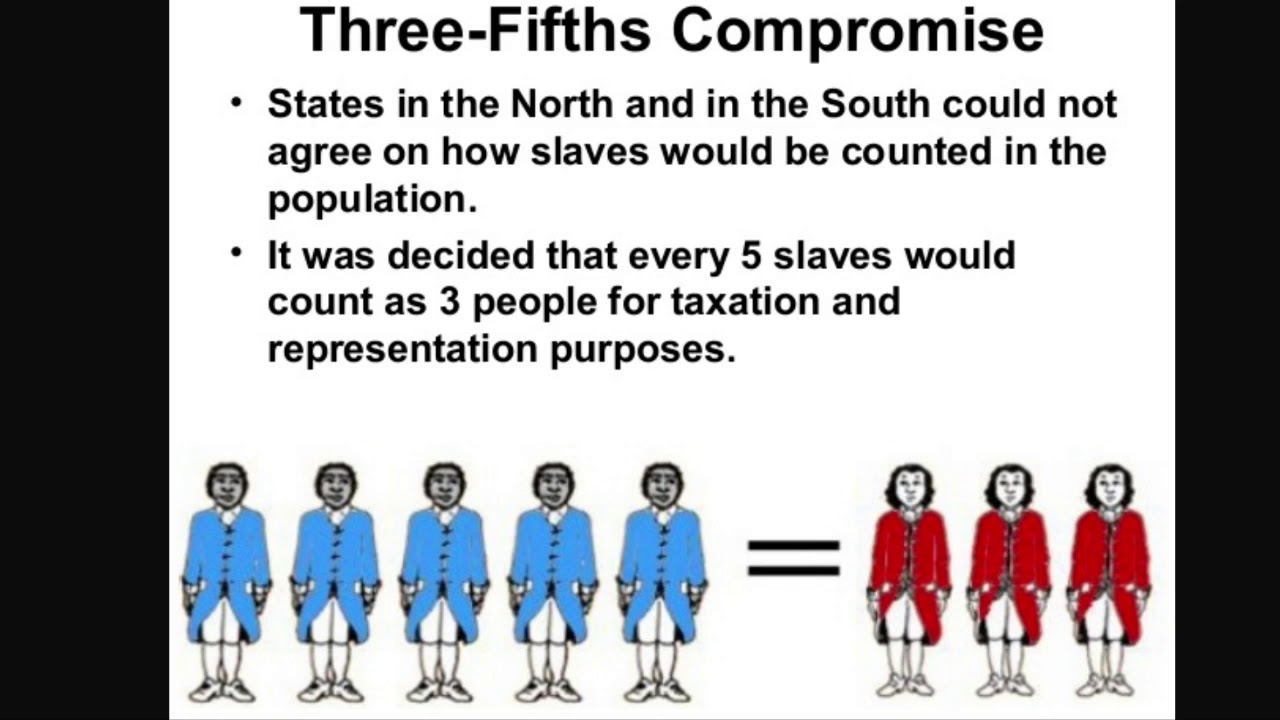Chapter 7 | Articles Of Confederation | U.S. History
5.0(1)
5.0(1)
Card Sorting
1/29
Earn XP
Description and Tags
⚠ Quiz is on: Friday, January 27th ⚠ FOR FEEDBACK OR TO SUGGEST MORE FLASHCARDS, VISIT: [error 564: unknownURL]
Study Analytics
Name | Mastery | Learn | Test | Matching | Spaced |
|---|
No study sessions yet.
30 Terms
1
New cards
bicameral
having two separate lawmaking chambers
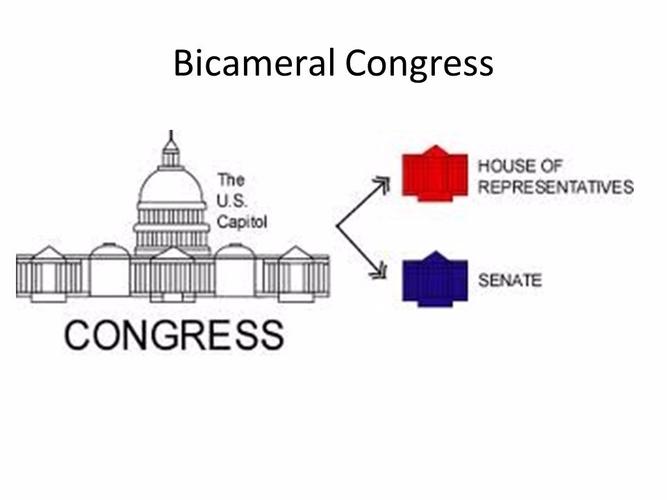
2
New cards
ordinance
a law or regulation
3
New cards
depreciate
to fall in value

4
New cards
depression
a period when economic activity slows and unemployment increases
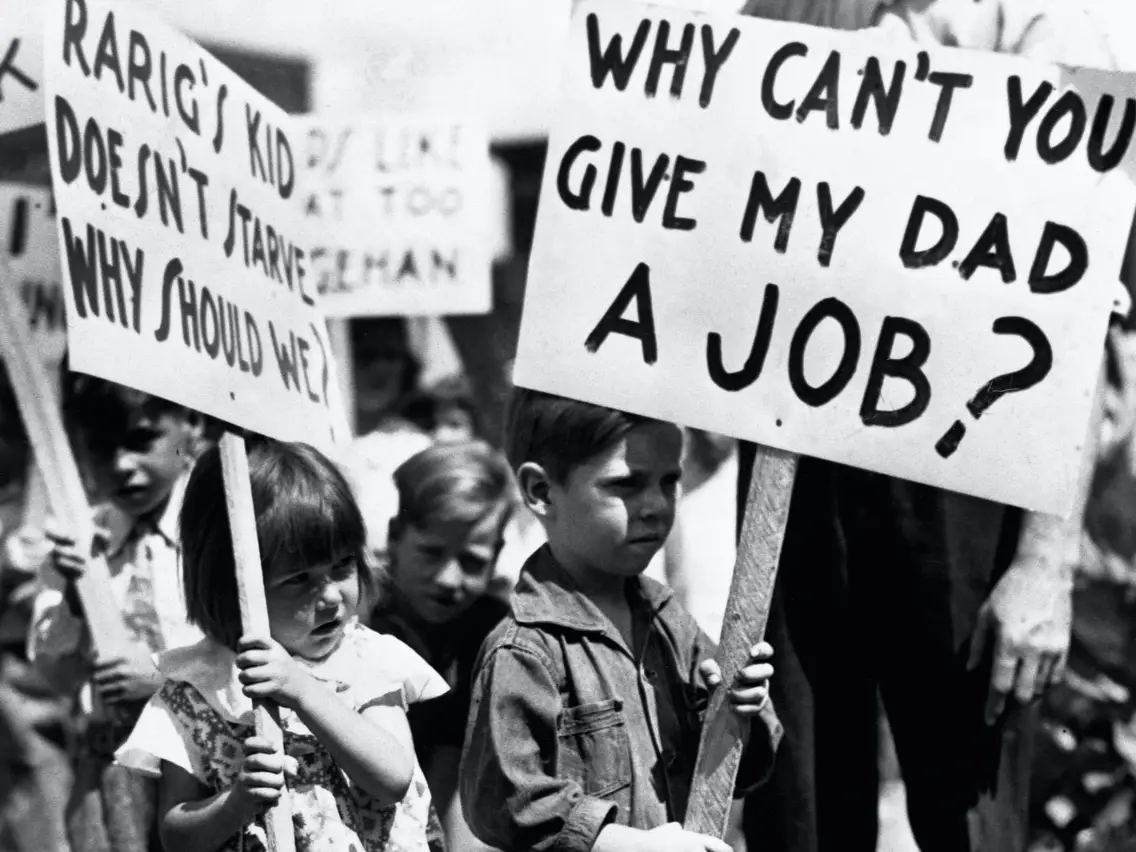
5
New cards
manumission
the freeing of individual enslaved persons

6
New cards
proportional
having the proper size in relation to other objects or items
7
New cards
compromise
a settlement of a dispute by each side giving up some demands; a settlement of a disagreement reached by each side giving up some of what it wants in order to reach an agreement

8
New cards
convention
a meeting
9
New cards
amend
to change or revise
10
New cards
federalism
a form of government in which **power is divided** between the **federal**, or national, government and **state** governments

11
New cards
legislative branch
the __law making__ branch of the government
12
New cards
executive branch
the branch of government that __executes__, or carries out, the law and that is headed by the president
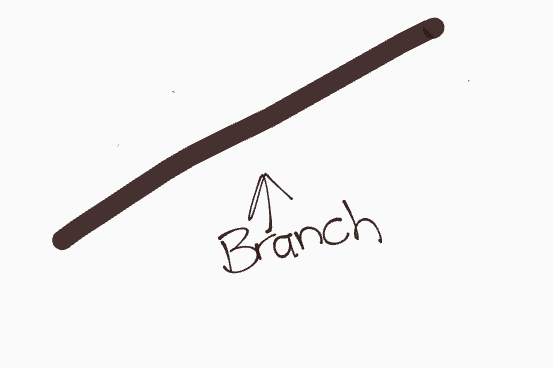
13
New cards
electorial college
a special group of people named by each state legislature to select the president and vice president

14
New cards
judicial branch
the branch of government that __interprets__ the law; it includes courts that __settle disputes__, and __questions the law__
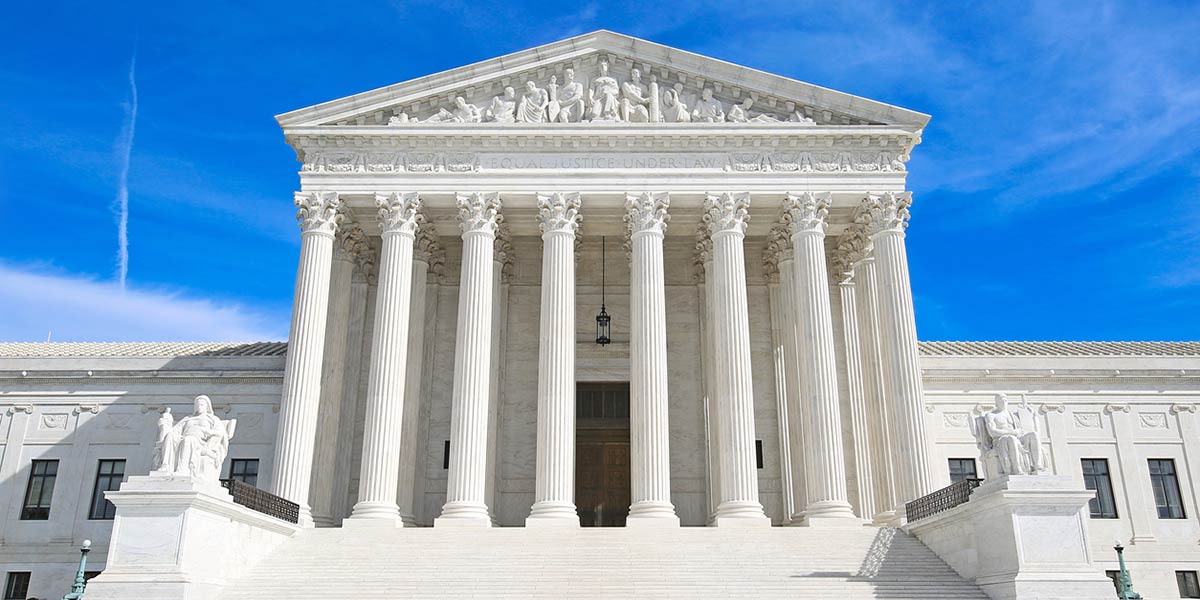
15
New cards
checks & balances
a system by which each branch of government limits the powers of other branches so that one branch does not become too powerful
16
New cards
tradition
a long-standing cultural belief or practice
17
New cards
amendment
a change, correction, or improvement added to a document
18
New cards
republic
a government in which citizens rule through elected representatives

19
New cards
richard henry lee
president of congress under the articles of confederation
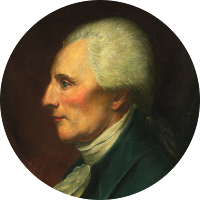
20
New cards
articles of confederation
the nation’s **first** constitution. a plan for a new central government…however, it created a **weak** one. the articles were a “firm league of friendship” in which each state retained its “sovereignty, freedom, and independence”
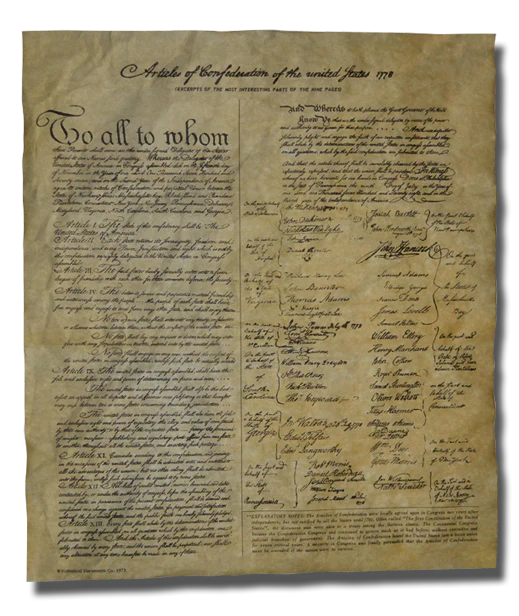
21
New cards
ordinance of **1785**
the Northwest Ordinance was created to urge people to settle in the Northwest Territory. it created rules to settle the northwest territory in a peaceful and orderly way. For the most part, it worked.
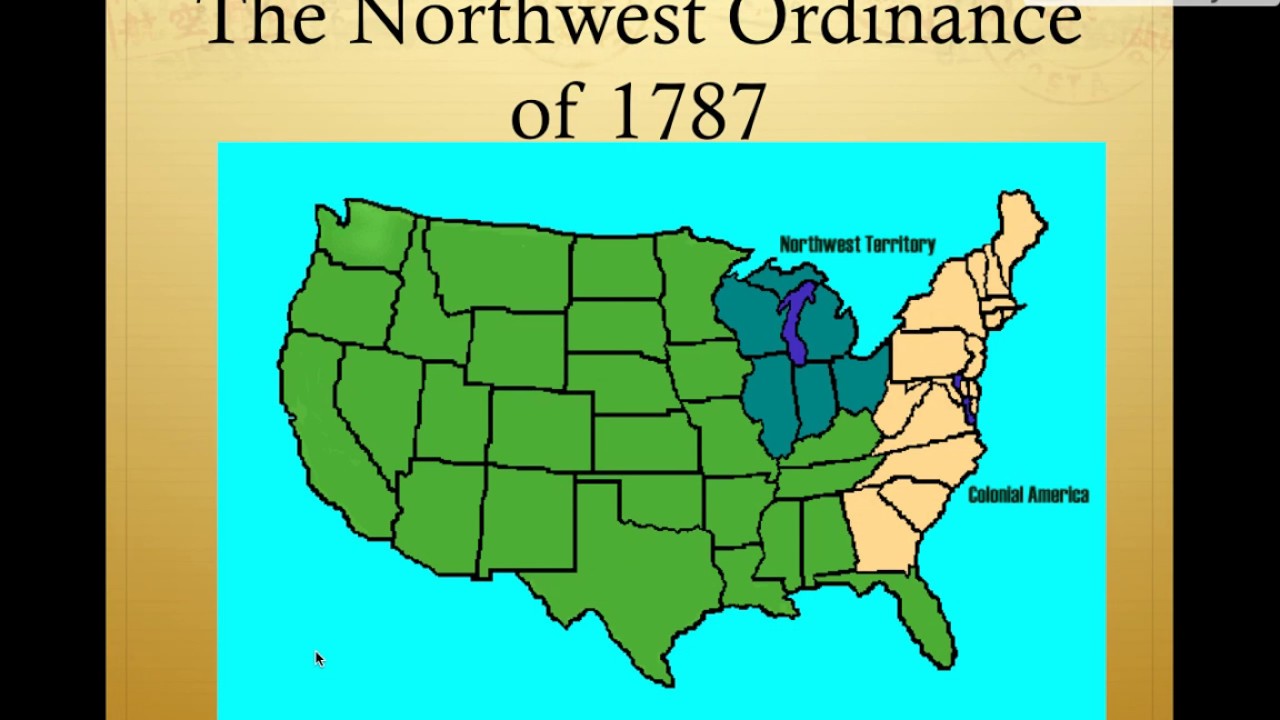
22
New cards
northwest ordinance
the northwest ordinance was passed in 1787. It __protected the property rights of settlers and set up a way for people to form states. It created a single northwest territory__ from lands north of the ohio river and east of the mississippi river. it also had a bill of rights for the settlers in the territory. It **guaranteed freedom of religion and trial by jury.** It also stated, "There shall be neither slavery nor involuntary servitude in said territory."
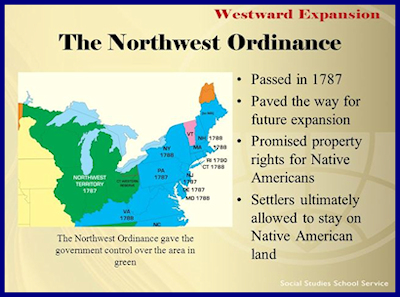
23
New cards
land act of **1800**
over time, it was clear that people needed even more help. In 1800 Congress passed the Land Act. The act made it possible for people to pay for land a little at a time. Under the terms of this law, a person was required to buy at least 320 acres of land at a price of $2 per acre. The buyer could pay half of the money at the time of purchase and the rest in four yearly payments.
24
New cards
john adams
**sent to paris to help ben franklin negotiate the end of the revolutionary war.** he was **extremely confrontational and forthright**. franklin thought he was too harsh, and john thought franklin was too much about himself. their **partnership resulted in the treaty of paris in 1783**
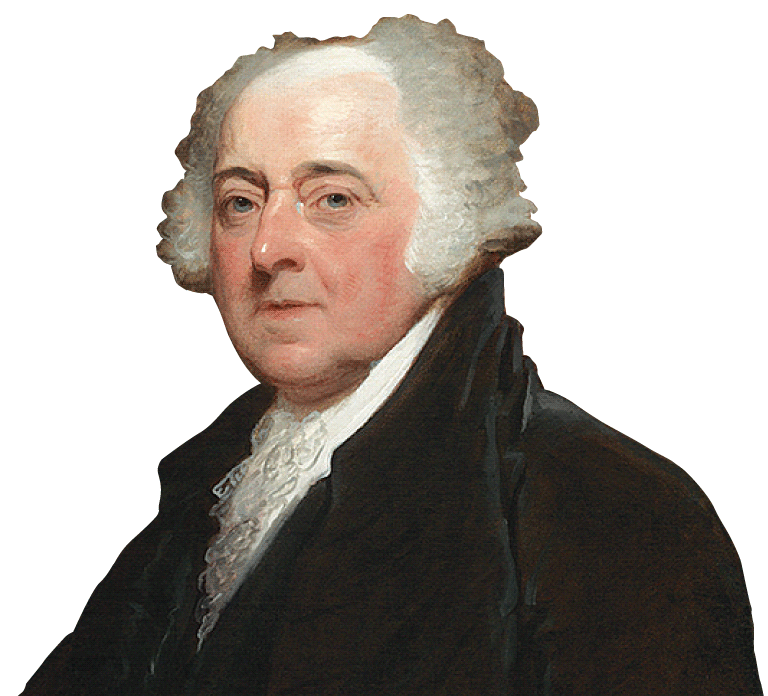
25
New cards
shays’ rebellion
__farmers were unable to sell their goods (due to economic troubles) meaning they couldn’t pay their taxes and debts, so state officials took their land and threw them in jail.__ This angered many farmers. Some began to think that the new government had too much power. __They wanted the government to make paper money and help people who were in debt.__ The farmers' revolt grew. In January 1787, Shays led about 1,200 people toward the federal arsenal. The **state militia ordered the farmers to stop and then fired over their heads.** **The farmers did not stop. The militia fired again,** __**killing four farmers**__**. Shays’ and his followers** __**fled**__**, but ultimately** __**frightened the americans.**__
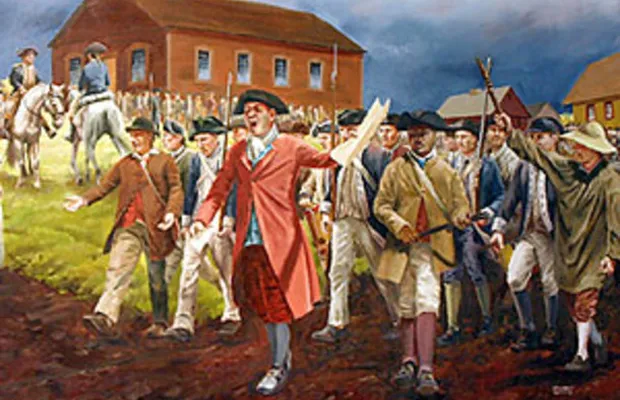
26
New cards
philadelphia convention
in sept. 1786, hamilton called for a **convention**, or meeting, in philadelphia to **discuss trade issues**. he also wanted to talk about changes to make **"the constitution of the federal government adequate to the exigencies [needs] of the Union."**
![in sept. 1786, hamilton called for a **convention**, or meeting, in philadelphia to **discuss trade issues**. he also wanted to talk about changes to make **"the constitution of the federal government adequate to the exigencies [needs] of the Union."**](https://knowt-user-attachments.s3.amazonaws.com/e7331581a15a45119610ef49924f83d1.jpeg)
27
New cards
virginia plan
plan created mostly by *james madison* calling for **a strong national government**; the plan proposed a **government with 3 branches** (a two-house legislature, or law-making body; a chief executive chosen by the legislature; and a court system)
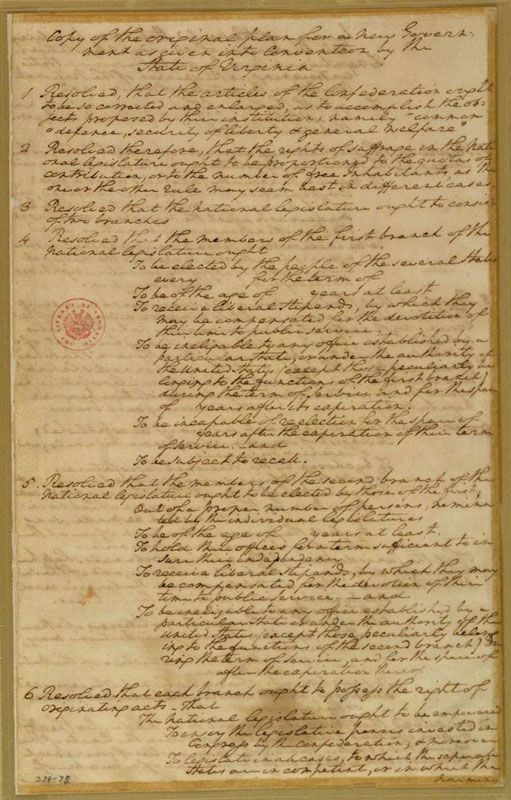
28
New cards
new jersey plan
a plan stating that the legislature would have a single house, and each state would have one vote. the plan called for a powerful government, but less powerful than that of the virginia plan.
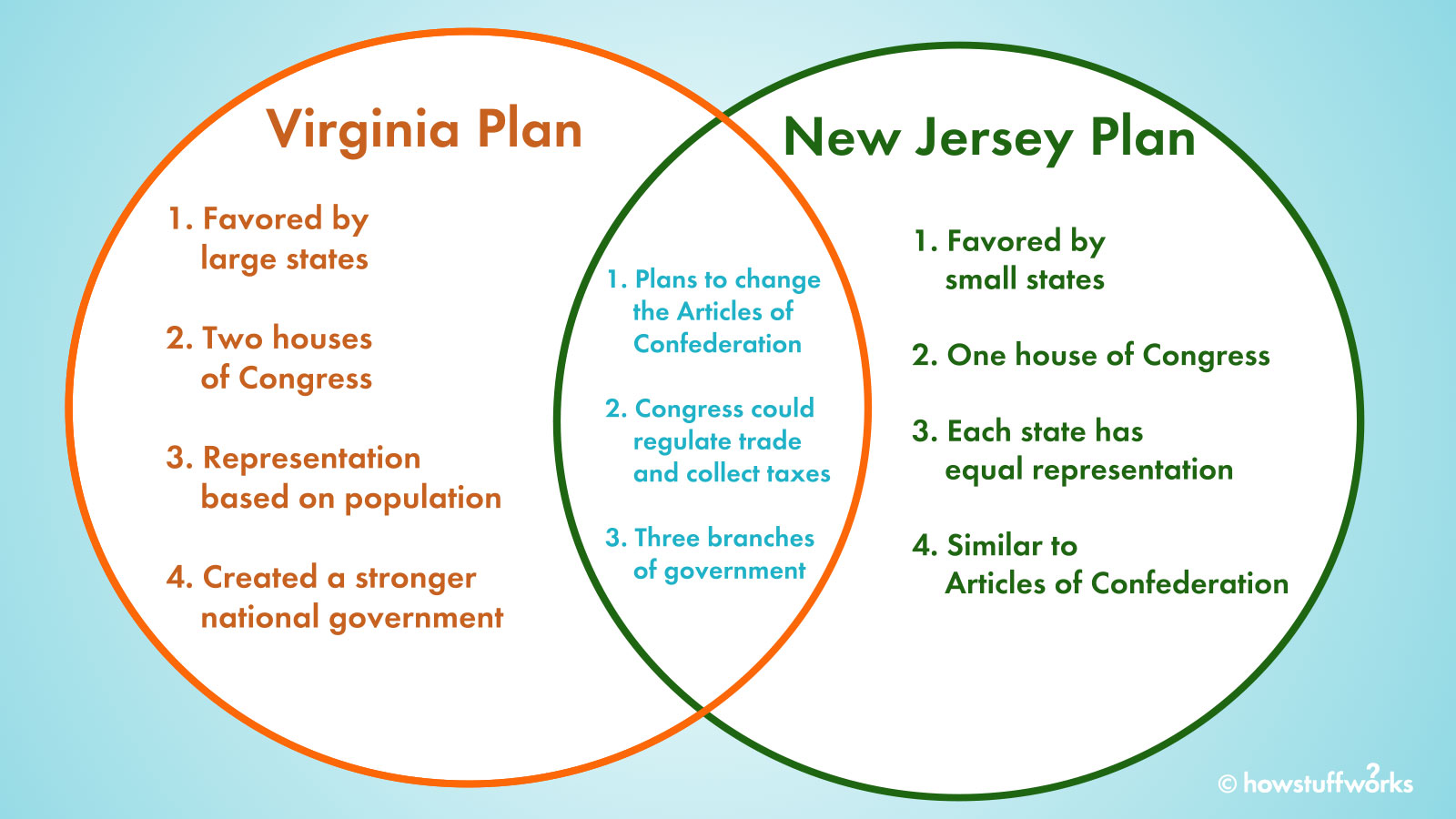
29
New cards
great compromise
a convention that formed a comitee to solve problems based on the virginia plan. sherman compromised, or suggested, a different type of representation in a two-house legislature.
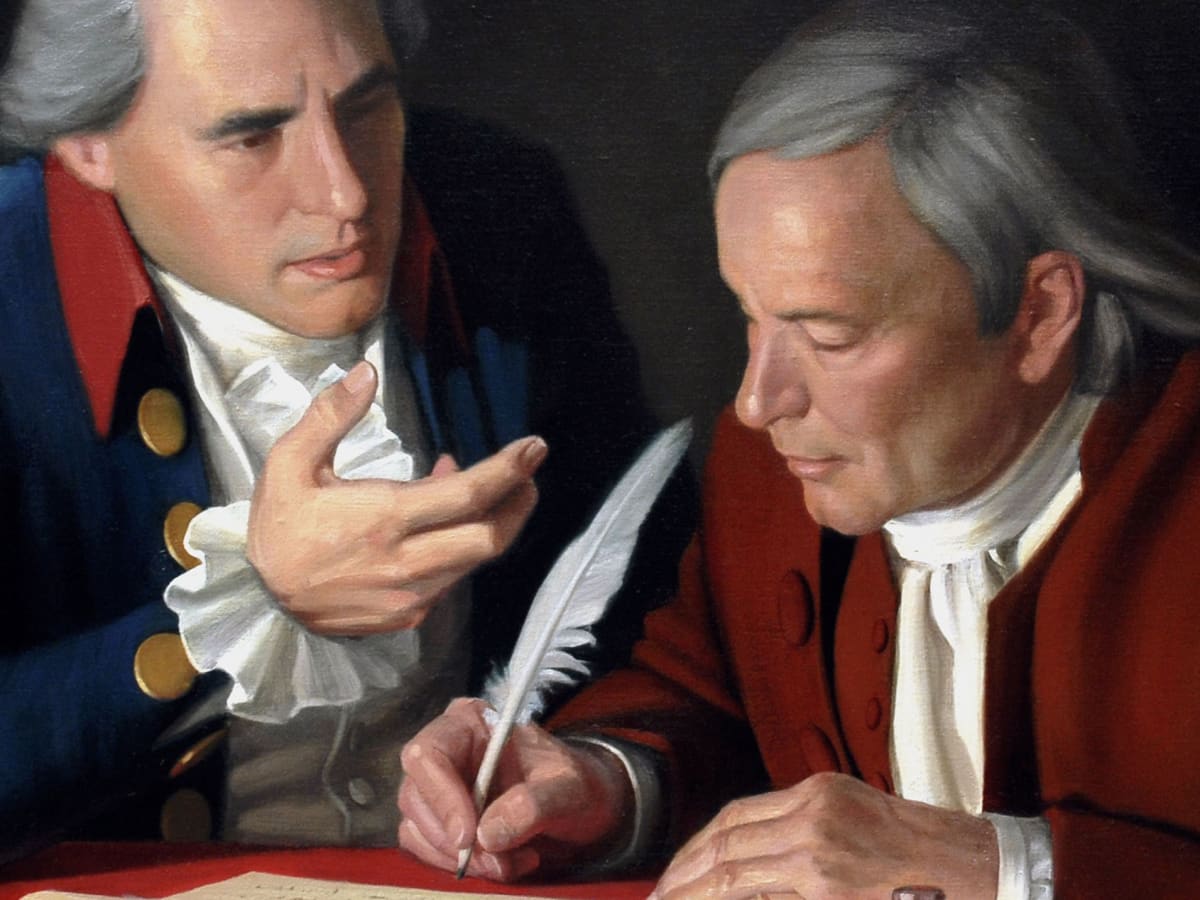
30
New cards
the three-fifths compromise
A compromise stating that every five enslaved persons would count as three persons in the state's population total. This population total would be used to set up taxes and decide on representation in Congress.
